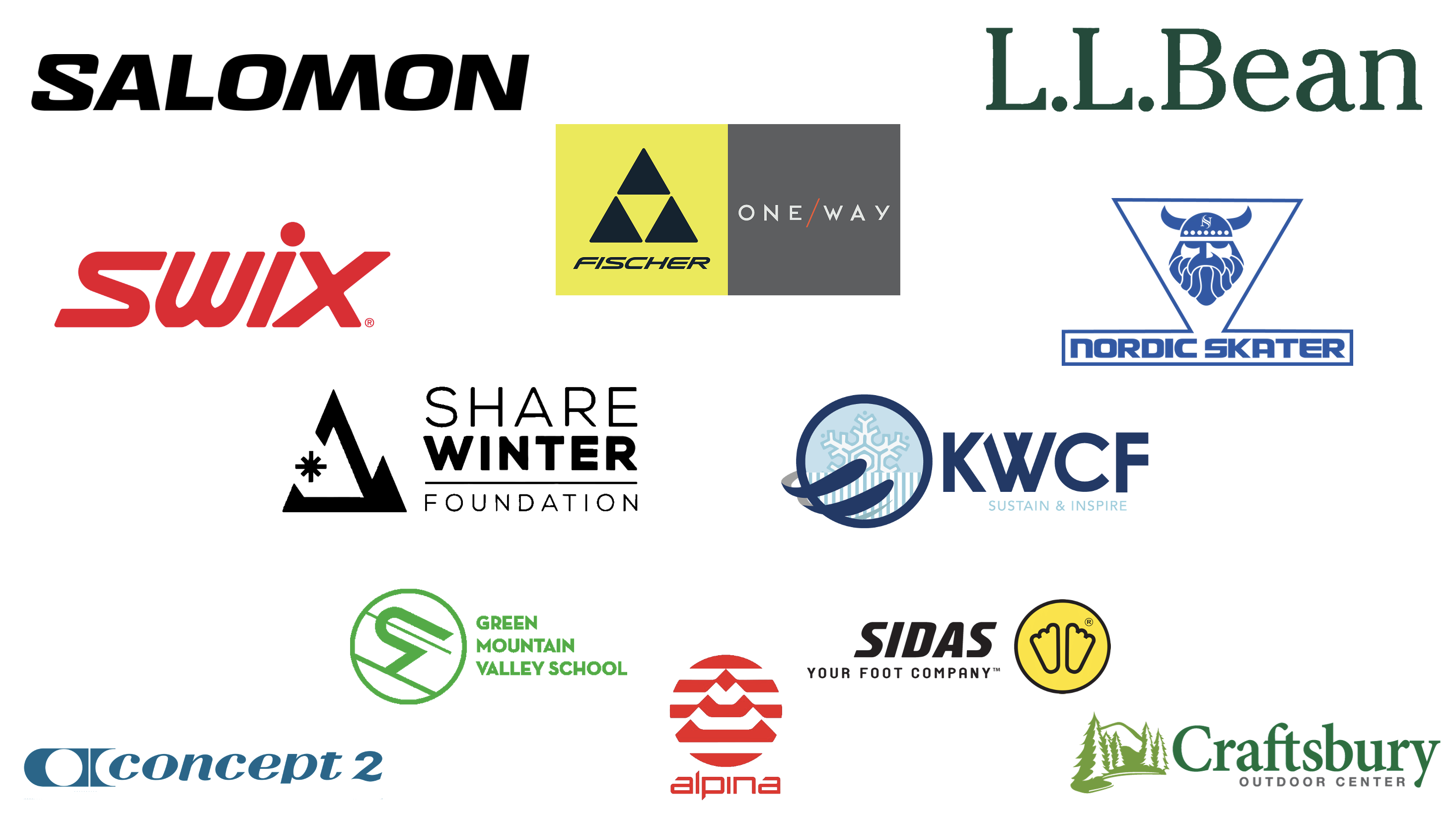Clothing
While new types of fabric and new accessories have emerged in recent years, the principles of layering remain the same. In order to best protect against the elements, layers of clothing should be worn to help trap air. The amount of still air trapped in the clothing is directly related to warmth! Having many layers on hand also allows you to adjust what you are wearing to stay comfortable if the weather or their activity level changes. It is important to note that most wet clothing will not keep a body warm. It is also important to note that there is a fine line between being warm and being too warm. With the right materials, layers will work together to wick sweat away from the skin and keep you from overheating. However, if you are dressed too warmly and sweats a lot, you can get cold very fast if you stop skiing.
Layers
Base Layer: The base layer consists of the clothing worn next to the skin. Base layers can be made from many wicking materials including wool, synthetics, and silk. Cotton should be avoided at all costs as it soaks up sweat instead of wicking it away from skin and does not dry quickly. For cold days, base layers should be worn on top and bottom.
Mid Layer or Insulating Layer: This layer does a lot of work to keep you warm by retaining body heat. The more efficiently this layer traps heat, the warmer you will be. In general, thicker/puffier layers are warmer. The best materials for mid layers include fleece, wool, or down/synthetic down. Vests can be a great option for a mid layer and are easily packable (although they do not tie around waists).
Outer Layer or Shell: The outer layer protects from wind, rain, and snow keeping you dry and trapping warm air. In wet conditions, it’s important to have a waterproof shell layer so that water doesn’t penetrate the other layers and make you cold. For variable conditions, a lightweight packable shell carried in a fanny pack can be a lifesaver!
Accessories
Hats: The head is a very important regulator of body temperature. A large amount of body heat is lost through the head. As you warm up during exercise, we suggest you remove layers of clothing, but not your hat. Hats should be worn at all times unless it’s really warm outside.
Mittens & Gloves: Mittens are usually warmer than gloves because the fingers are not separated and can keep each other warm. Gloves are a good choice for more warm/moderate days while mittens are a better choice when it’s cold.
Buffs/Neck gaiters: Buffs or neck gaiters help keep your neck and chin warm and can be pulled up over the ears or face for additional protection on particularly cold days. A buffs can also be modified to wear as a headband.
Eye Wear: There are days when eyes must be protected from the sun and the sun’s glare reflecting off the snow, or from falling snow that makes it hard to see. Sunglasses are great for glare and goggles or clear-lens glasses are great for snow.
Skin Protection: Lip balm can be used to prevent windburn and sunburn on the lips. On sunny days and at high altitude, skiers should use sunscreen as well. On very cold days you should consider wearing vaseline or dermatone to help protect exposed skin from frostbite.
Drink Belt, Fanny Pack, or Water Bottle Holder: These are a great way for you to carry water when you ski, as well as some spare wax, snacks, or an extra layer. We encourage everyone to bring water to ski events and practice, and drink it as necessary.
Post-Practice/Event Clothes
It is very important to change into dry clothes after ski practice or an event. When you stop moving, sweat or moisture in the clothes cools off and the body rapidly becomes chilled. It is important to change into dry clothes for the ride home and it can help you stay healthy throughout the winter.

